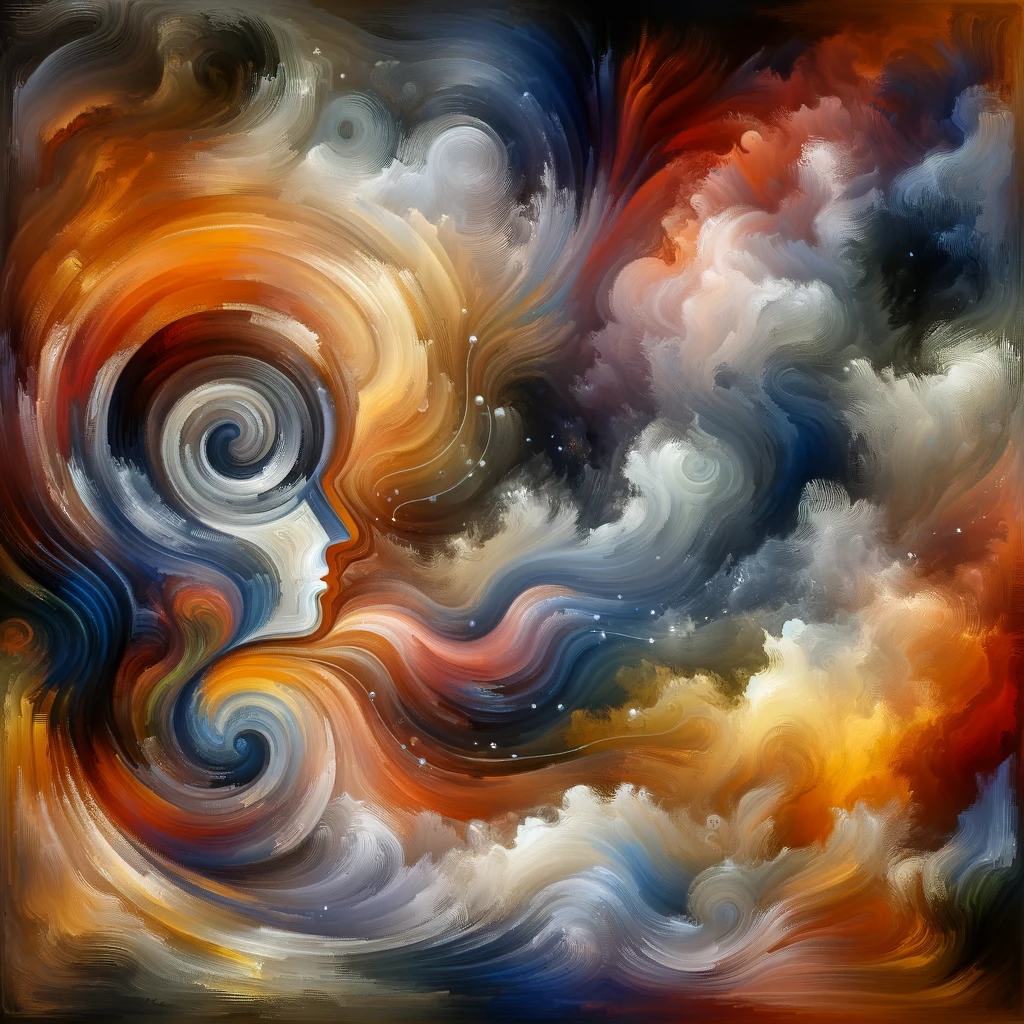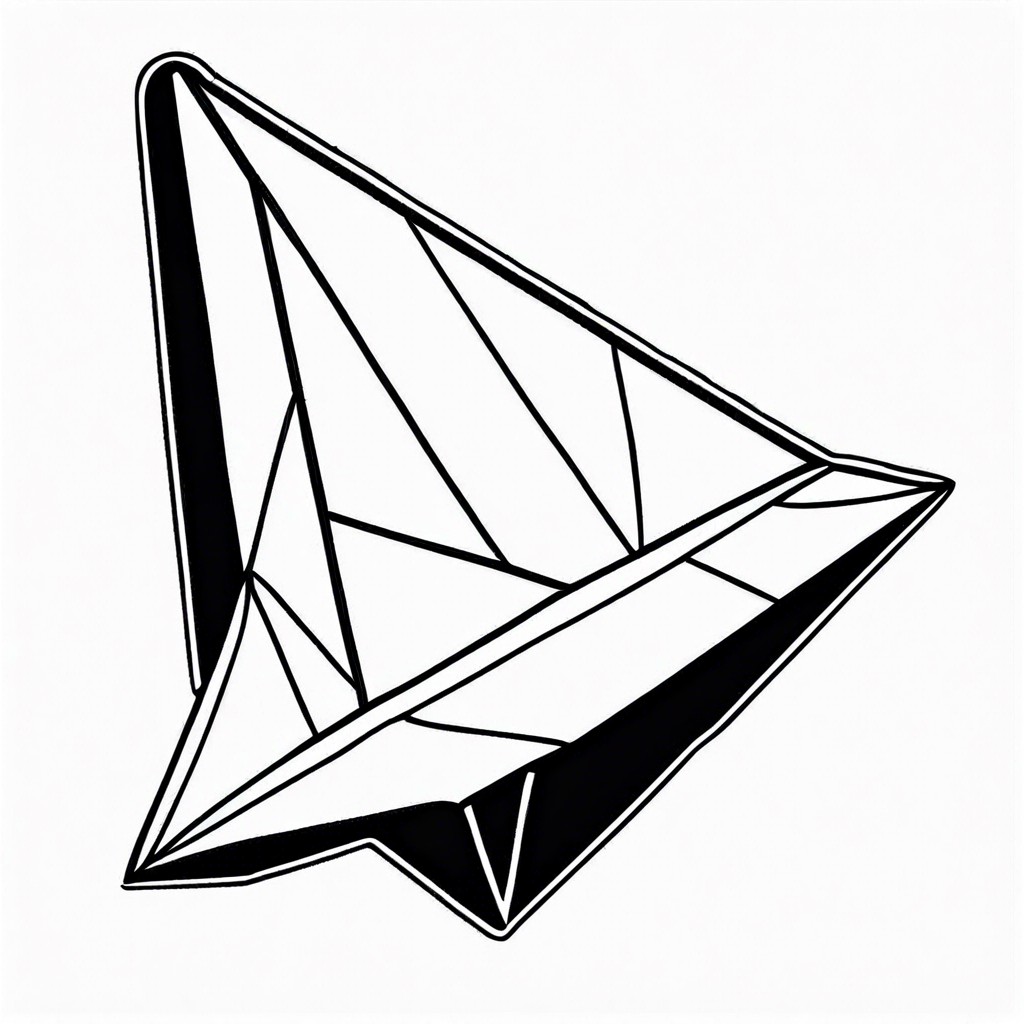Abstract art stands as a testament to the intricate dance between emotion and intellect, inviting viewers into a realm beyond the tangible. This article delves into how abstract art impacts our psychological landscape, engaging both our deepest feelings and our capacity for abstract thought.
Emotional Resonance

Abstract art uniquely evokes emotions by bypassing direct representation. Its colors, shapes, and forms trigger a spectrum of feelings, from joy to melancholy, without relying on recognizable images. This emotional engagement is deeply personal, as each viewer brings their own experiences to the interpretation of the artwork.
Cognitive Stimulation
The ambiguity of abstract art challenges viewers to seek meaning beyond the visible, engaging cognitive faculties in a quest for understanding. This intellectual exercise enhances creativity and promotes a deeper appreciation for the complexities of perception and interpretation.
The Art-Viewer Connection
Abstract art fosters a dynamic relationship with its audience. This connection is fluid, influenced by individual backgrounds, moods, and experiences, making every encounter with abstract art a unique exploration of self and perspective.
Therapeutic Potential
The psychological depth of abstract art has made it a valuable tool in therapeutic settings. By facilitating non-verbal expression and introspection, abstract art can aid in emotional healing and personal growth, underscoring its significance beyond the aesthetic.
Abstract art’s power lies in its ability to transcend conventional visual boundaries, offering a profound exploration of emotion and intellect. It serves not only as a mirror reflecting the viewer’s inner world but also as a window to new ways of seeing and understanding.




